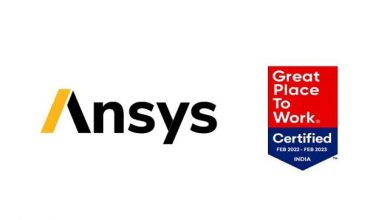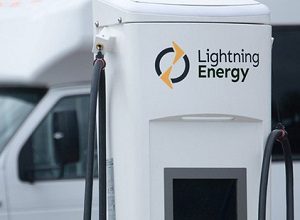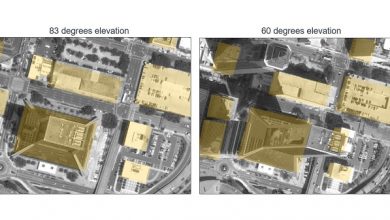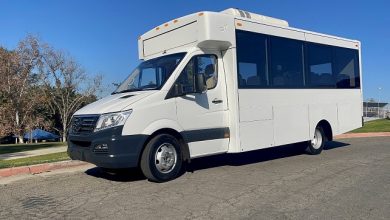FutureBridge: Solid-State Battery for Mobility – a Reality by 2025
A goldrush of research publications, patenting activity, funding, and investments in 2020 unveils the pioneers’ race to accelerate roadmaps for the game-changing battery technology for Mobility, finds FutureBridge
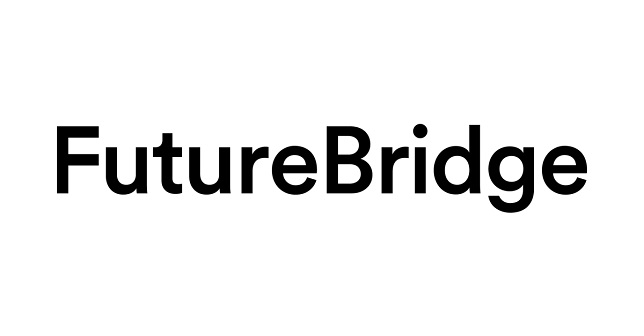
Low-cost solid-state batteries (SSBs) with high cycle-life present strong potential to power future electrified and sustainable mobility once manufactured at scale.
Solid-State batteries promise a leap forward, compared to incremental gains from Lithium-ion batteries, with improved safety, higher energy density, faster charging times, and longer life. However, today their commercialization is limited to micro-scale applications outside mobility, such as medical devices. The development of large-sized SSBs for mobility applications is still in its early stages. Solid Power, Quantum Scape, and Ilika forecast at least five years for SSBs to enter the automotive market.
Accelerated research aims at mass-commercialization before the 2030s
2020 saw a growing number of research projects to improve cycle life, energy density, and ionic conductivity – the main three challenges for mass-adoption of SSB for EVs. KIST presented a Sulfide-based superionic conductor that improves the ionic conductivity of solid electrolytes of SSBs. Samsung’s silver-carbon composite layer can overcome dendrites in Li-metal anodes of SSBs. Over the next decade, ilika plans to have SSBs with 10-year operating life.
The recent innovation in ionic conductivity is promising but proven improvements in cost and cycle-life, which are critical for Mobility, remain the most important challenges for mass-market commercialization of SSBs, said Georgios Stathousis, Manager at FutureBridge’s Mobility Practice.
FutureBridge assesses that incremental improvements in the cost of Li-ion batteries will challenge the cost-parity with SSBs. We expect that cost-parity between Li-ion and SSBs could be achieved in another five years.
The evolving ecosystem and competition in SSBs
While research in SBBs accelerates, the ecosystem of players is growing to monetize high-risk, high-reward opportunities. New tooling, manufacturing systems, and new supply chains open up opportunities for companies that couldn’t otherwise compete with today’s leading entities.
FutureBridge’s analysis of the 2020 patent landscape in SSBs identified 426 published patent filings. China and US witnessed the highest patenting activity with 21% of the total filings each, followed by Japan with 18% filings. Toyota, Panasonic, Nippon, Hyundai, Murata Manufacturing, and LG Chem were among the leaders.
Carmakers accounted for 28% of the SSB patent filings, led by Toyota and followed by Hyundai and Honda. The remaining 72% of filings came from diverse players like battery manufacturers, automotive suppliers, chemical companies, and academia.


